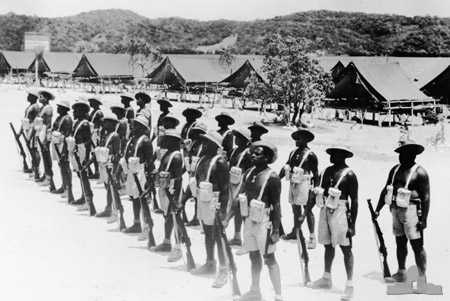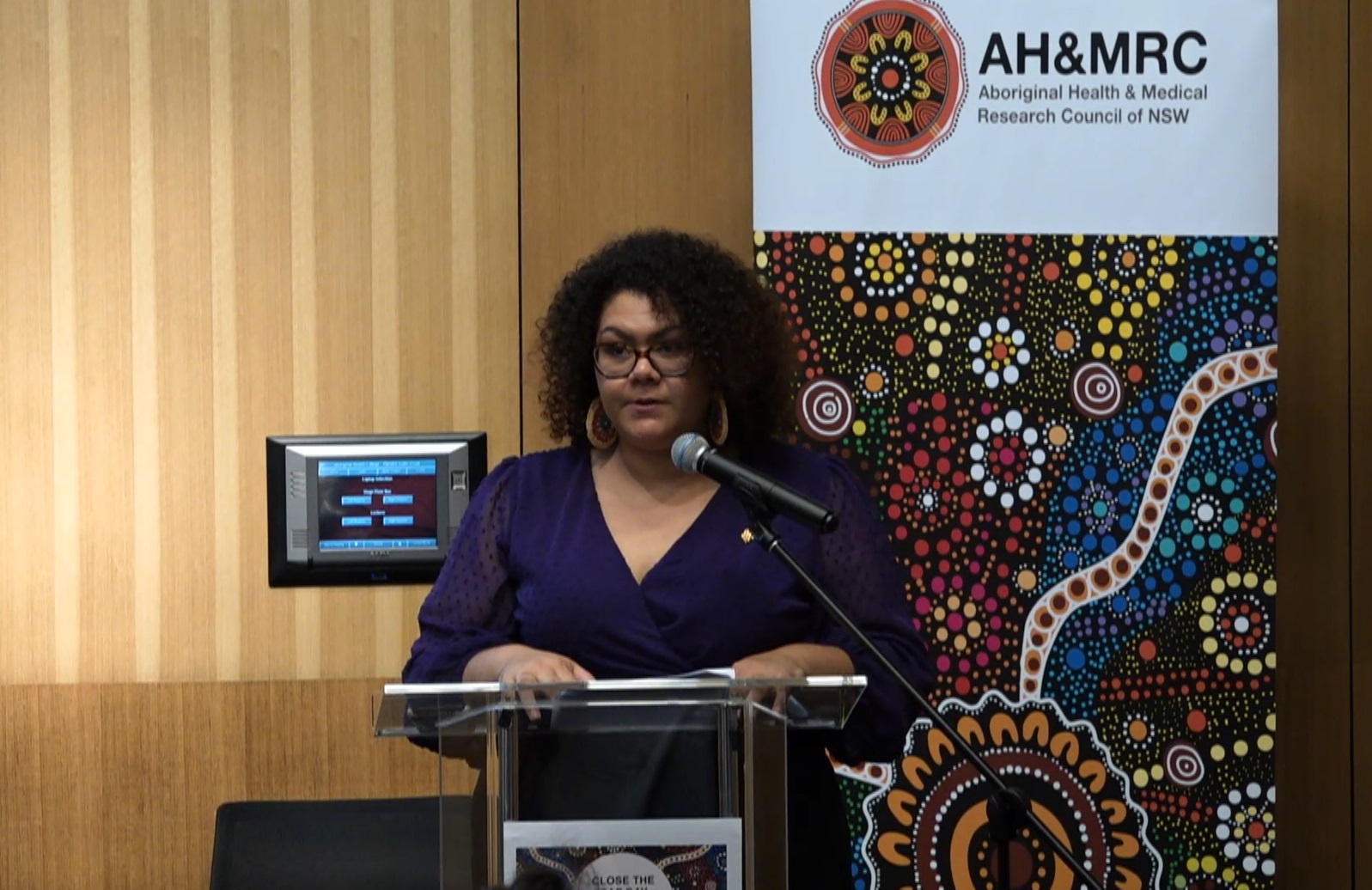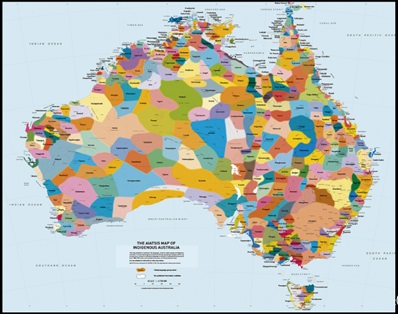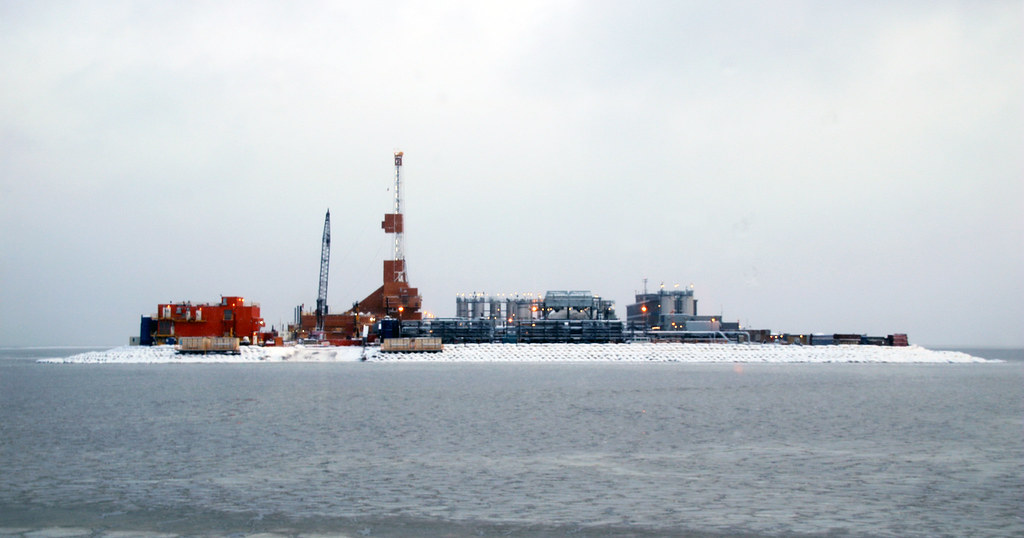Today marks the 80th anniversary of the Torres Strait Light Infantry Battalion’s formation, the only Indigenous battalion formed in Australia’s military history.
The Australian Army has commemorated the battalion with a parade at Thursday Island’s ANZAC park.
Chief of Army, Lieutenant General Simon Stuart AO DSC, joined with 51 current Far North Queensland Regiment to lead commemorations alongside local community members, veterans and community volunteers.
“The dedication of the Torres Strait Light Infantry during our nation’s hour of need cannot be understated, setting an incredible example of service,
880 men – virtually all the men of military age in the Torres Strait at the time – volunteered to join the Battalion during World War II to defend their homes and their country.
As Australia’s only Indigenous battalion, their legacy is one of the most important features of the Australian Army’s enduring relationship with First Nations communities today,” Lieutenant General Stuart said.
Formed on the 17th of March 1943, the 880 manned battalion were posted across the Torres Strait in order to defend the region from a potential Japanese invasion.
Aside from patrolling the Torres Strait and Indonesia, the battalion also assisted the Australian water transport unit, the 22nd Australian line section with laying underwater cable linking communications between the Torres Strait and Papua New Guinea, as well as the 4th Australian Marine Supply Platoon.
The battalion also famously decided to strike for better pay on the 31st of December 1943 increasing their wage to two thirds of what non-indigenous soldiers received.
Though discrimination continued, the second world war gave Torres Strait Islander and European Australians the unheard-of opportunity to serve and work together.
Today, descendants of the soldiers from the Torres Strait Light Infantry Battalion serve as part of the 51st Battalion, Far North Queensland Regiment, a regional surveillance unit that serves throughout Cape York and the Torres Strait.
Image Credit: Australian War Memorial





